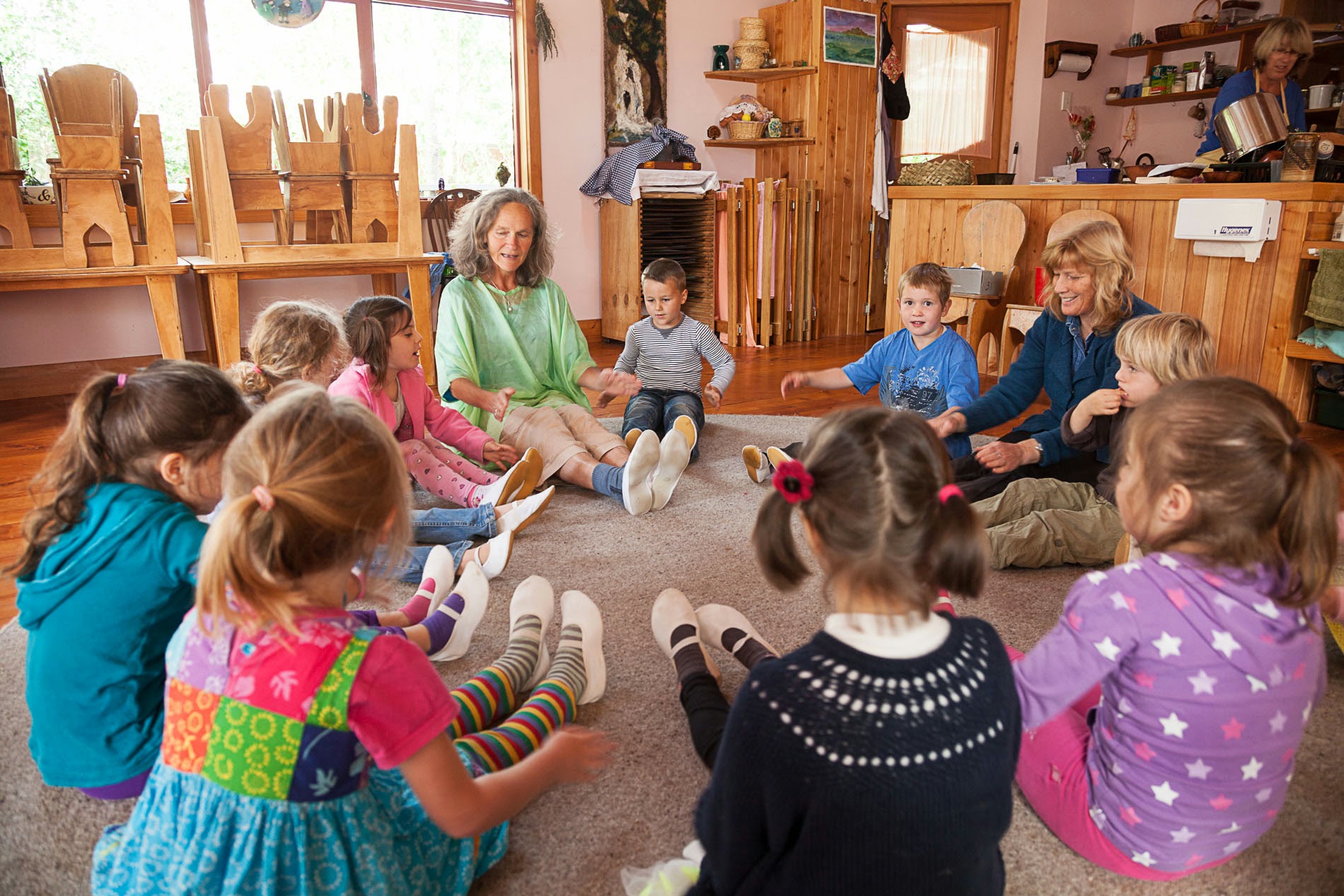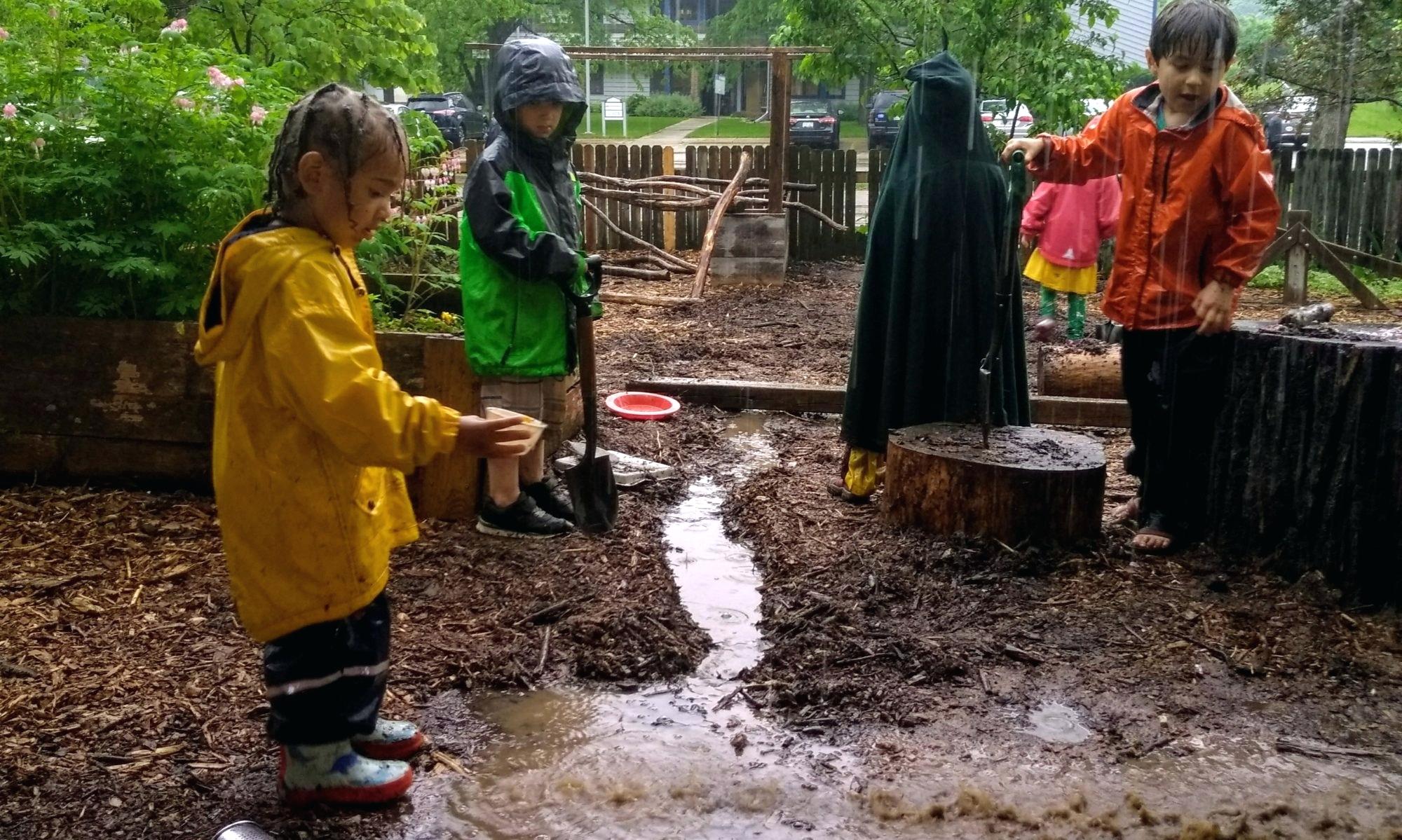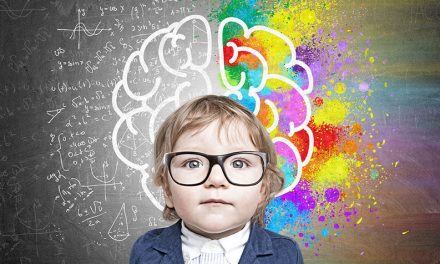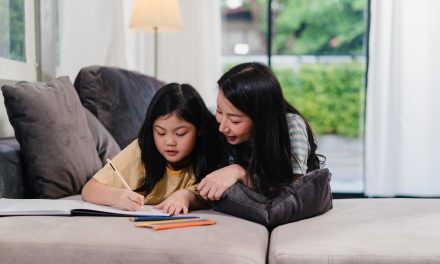The story of how Waldorf education came about is an interesting one, as the name didn’t actually come from its founder. In fact, the Waldorf pedagogy was created by Rudolf Steiner, an Austrian writer, and educational philosopher, who developed a spiritual philosophy known as anthroposophy (i.e. the understanding of human’s true nature from infancy to adulthood and beyond).
In 1919, he was invited by the owner of Waldorf-Astoria factory, Emil Molt, to give a lecture about his philosophy. In the lecture, he talked about the importance of creating a comprehensive school that focus on working on the threefold of head, hand, and heart to create a peaceful and holistic young generation. In other words, the aspects of cognitive, physical and spiritual should be taken into consideration when monitoring a child’s learning development, especially during the early years of life.
At that time, Germany was in turmoil after their defeat in the First World War, hence, the community desperately needed to turn over a new leaf. The school definitely looked like a good start and that was when Steiner was asked to establish the first Waldorf school. Steiner agrees with 4 conditions – it should be co-educational, teachers will be leading the class (with minimum interference from any governmental bodies), it should be a unified twelve years, and it should be open to children of all backgrounds.

Montessori vs Waldorf
In the early years of schooling, similar to Montessori, academics are not considered as the main priority. Waldorf preschools are not obsessed to teach its students how to read and write and the children are also not being graded through examinations. And there are two reasons for that. Firstly, to focus more on holistic learning based on their developmental milestones. Secondly, to teach them that learning motivation shouldn’t come from the satisfaction of beating others through competition. A recent study conducted by Stanford, demonstrated that Waldorf students actually performed better in standardised state assessment (despite no history of taking them before), interacted better in class and they also showed a much lower truancy rate when compared to other public school students.
Learning Through Playing
Fundamentally, Waldorf preschools focus on educating children through games and music. Your child will be exposed to circle and story times, abundant artistic and musical activity as well as indoor/outdoor playtime. Through story time, children will learn new words in a fun and natural way. Repetition of songs and words introduced during the story time help with memory while also encouraging them to be more interactive as they sing and read along with the teacher. You will find that the teachers are trained to enunciate their pronunciation to make sure that the children can clearly catch what is being said. Importantly, it is to be noted that the ability to listen, understand and imagine a story are keys to future language mastery, in both verbal and written form.
 Source: Te Ra Waldorf School
Source: Te Ra Waldorf School
During art activities, children will be given an uninterrupted time to explore ways to complete their artworks. Often times, there is no artwork model for them to copy – allowing Waldorf children to be as creative as possible in the completion process. The tasks will also require children to work with their fine and gross motor skills and to figure out what materials and colours are most suitable for their work, simultaneously honing their sense of touch, sight and even smell. Furthermore, playtime is also being given emphasis in Waldorf preschools as Steiner believed that it provides children with an environment to be more socially competent. It teaches children on how to be more empathetic with their peers as they try to resolve conflicts, more cooperative and negotiable to achieve a shared goal, and ultimately give them a sense of accomplishment knowing that they are the agents of their own success.
 Source: Madison Waldorf School
Source: Madison Waldorf School
In summary, you can see that Waldorf preschools put stress on activities that sharpen children’s sensory integration and social capacities first, before presenting them with the concepts of letters and numbers, reading and counting. At this phase, preschools serve as a platform where children are introduced to the joy of learning rather than a place where they compete with their peers to see who can do better at something. And if that is something that you feel your little ones might benefit on, maybe it’s worth taking a look at Steiner preschools. Click here to know more about other pre-school approaches.
| Fun fact: Both Montessori and Waldorf schools were shut down by the Nazi regime during W.W.II because they refused to teach the ideology of the state. |








